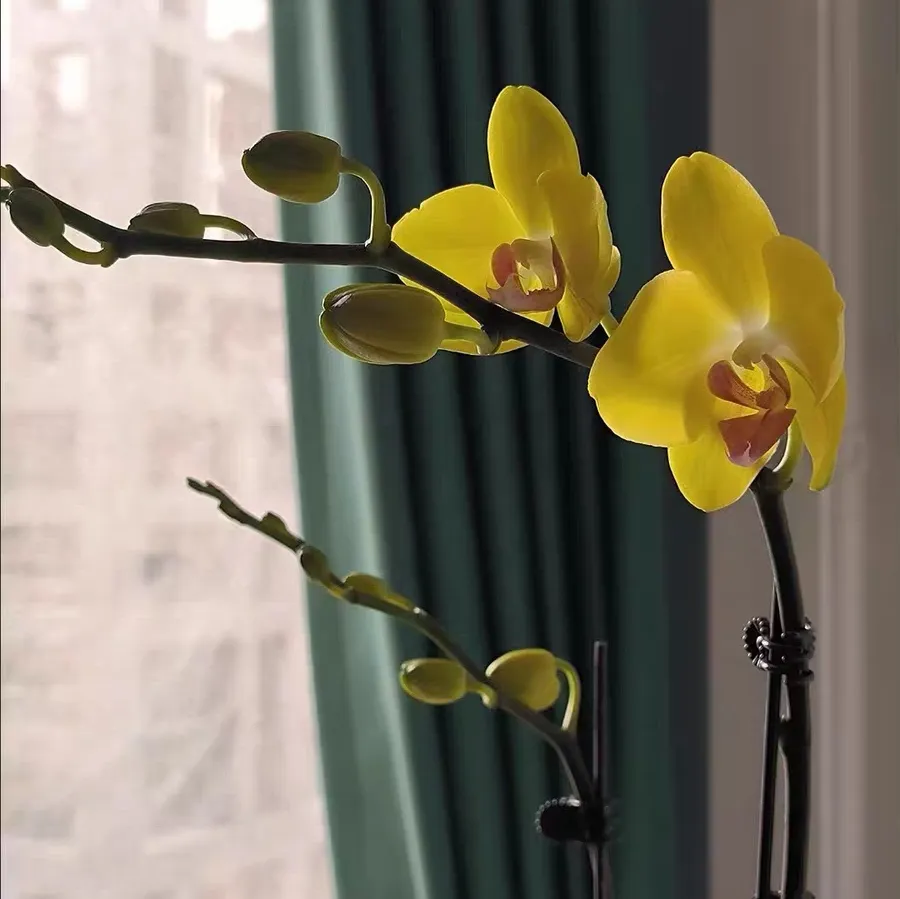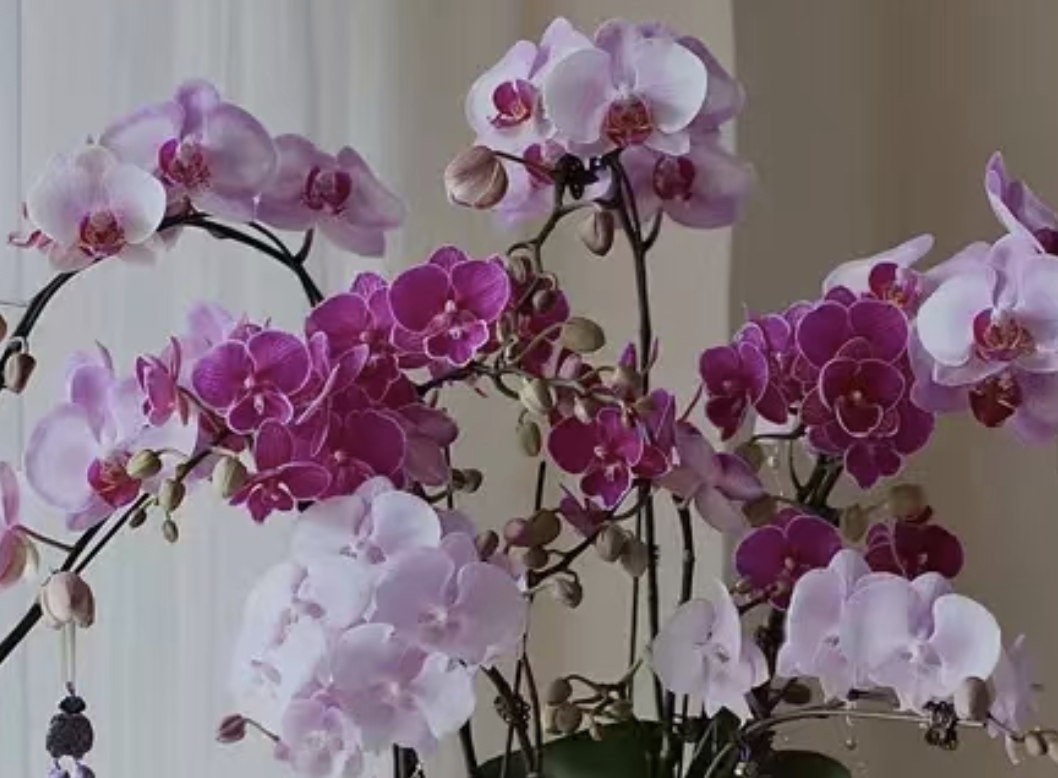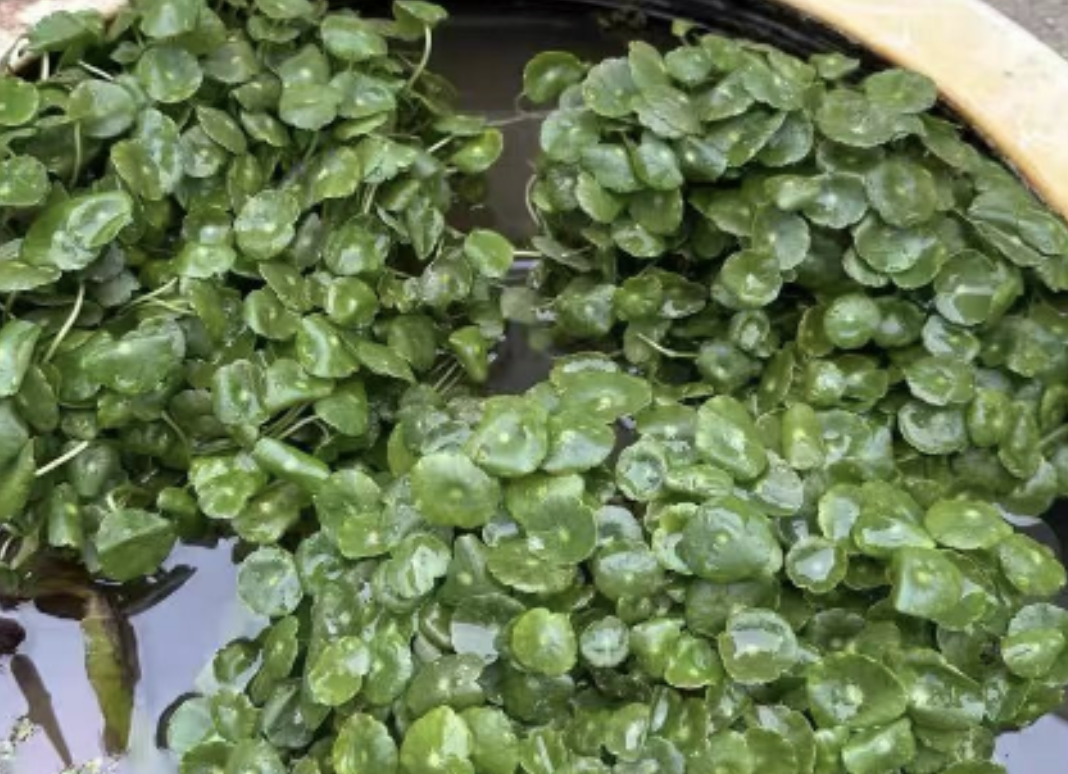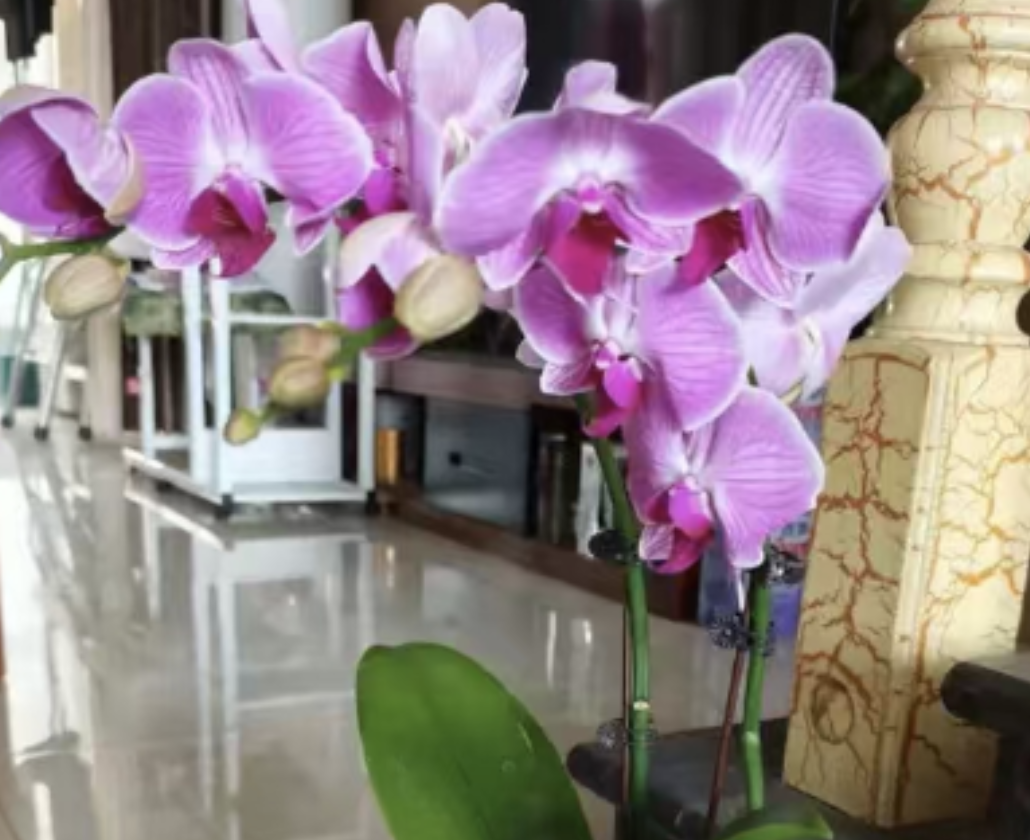Who is still throwing away Phalaenopsis orchids with only roots left due to stem rot like garbage?! My Phalaenopsis once had roots so rotten that they turned black and smelly, and I almost gave up on it. However, by following this method of pruning + hydroponics, new root buds emerged in just 15 days! Today, I'm sharing these foolproof rescue steps—even beginners can easily save their orchids.
Rotten roots aren't a death sentence!
"Wilting yellow leaves," "black and slimy roots," "stem that crumbles when touched"... Don't panic when encountering these stem rot symptoms! As long as there's healthy tissue in the stem, following the steps can save the orchid. My orchid went from being "shaved" to growing new leaves in just one month!
Step 1: Resolutely cut off rotten roots
Rotten roots will continue to infect healthy parts, so they must be completely pruned:
1. Remove the plant from the pot and get rid of the growing medium. All blackish-brown, soft, and slimy roots are rotten; healthy roots are white/light green and firm.
2. Use disinfected scissors to cut off all rotten roots and yellow leaves. For blackened parts of the stem, trim until fresh tissue is exposed.
3. Rinse off the slime from the roots with running water, and gently brush off residual decaying debris with a small brush (be careful not to touch new root buds!).
4. Let it air-dry in a ventilated place for 2 hours to dry the wounds.
Step 2: Sterilization soak
Sterilization is essential after pruning to prevent secondary root rot:
Method ①: Carbendazim soak
Mix 1 spoon of carbendazim with 500ml of water, soak the roots for 30 minutes (keep leaves dry), then take them out and blot dry.
Method ②: Natural garlic water
Mash 3 spoons of rice and half a head of garlic, filter with 500ml of water. Soak the roots for half an hour—this naturally sterilizes and promotes root growth.
Make sure to dry the plant thoroughly after soaking; a damp state can easily cause stem rot!
Step 3: Hydroponics to promote rooting
Don't repot directly after root rot—hydroponics is the safest option:
Container DIY:
Cut a 500ml plastic bottle (leaving 10cm height), poke holes in the bottle for ventilation, and pour 2cm of cool boiled water.
Hydroponic steps:
1. Place the plant on the bottle mouth, with 1/3 of the roots touching water. Don't submerge the stem (can use toothpicks to fix it).
2. Put it in a shaded, well-ventilated area. Mist the roots with water in the morning every day (avoid water in the leaf center).
3. Change the water every 3 days. White root buds will emerge in 10-15 days!
Step 4: Transplant to soil for recovery
Transplant to a pot when new roots grow to 3cm. Don't miss these details:
1. Use a root-control pot + pure sphagnum moss. Don't bury the stem (leave 1cm exposed to prevent rot).
2. Water along the pot edge, avoiding the leaf center and stem. Water only when the surface of the sphagnum moss is dry.
3. Spray metalaxyl-mancozeb (1:1500) once a month to prevent diseases. Keep in a ventilated, shaded area.
Special case: What if all roots are rotten?
If all roots are rotten but there are healthy leaves on top, you can cut off the rotten parts, keep the leaves, and try hydroponics. There's a 30% chance of sprouting new buds! Observe regularly in daily care—immediately handle yellow leaves or black rot when found!
What to do if only the roots of a Phalaenopsis remain due to stem rot?

Share with
Tagged in :




Leave a Reply